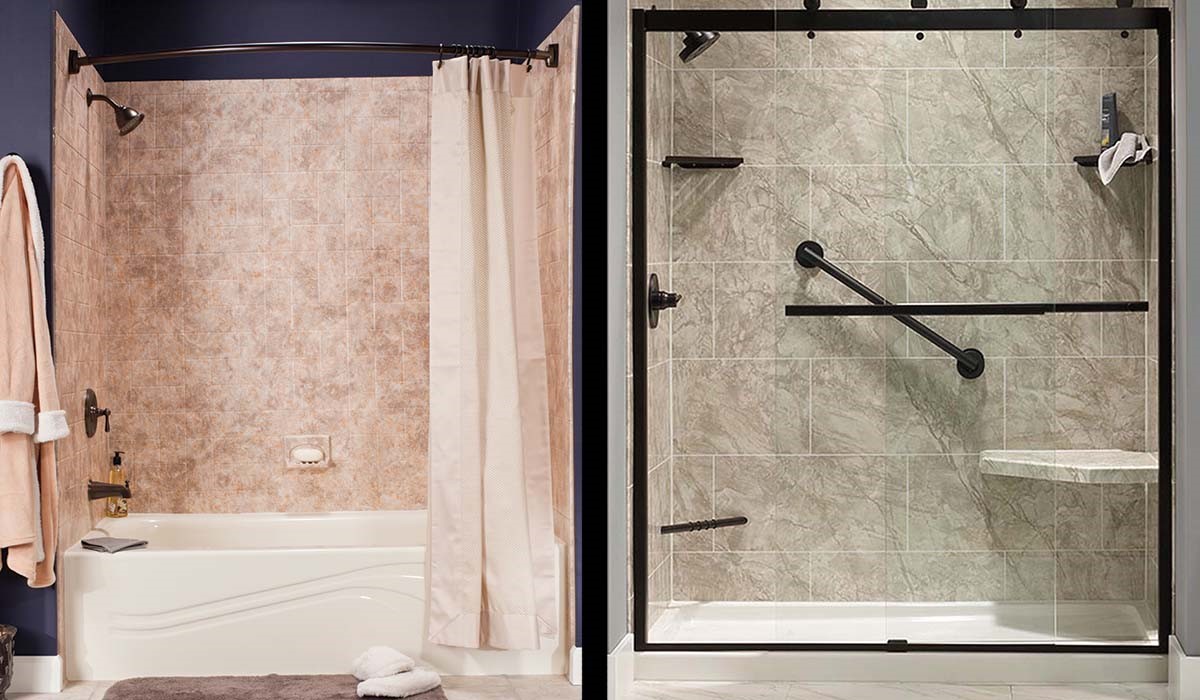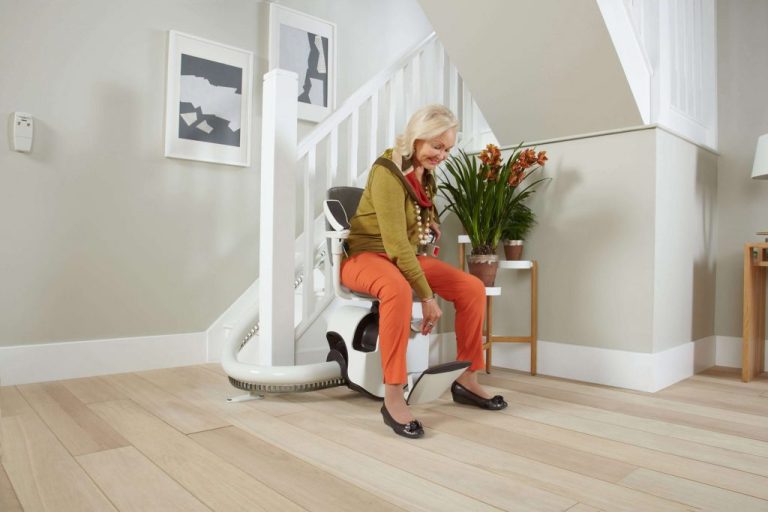
Relaxation, hygiene, and personal care are just some of the functions the bathtub serves in most homes. A significant difference is that it makes this seemingly ordinary home improvement project.
Delving into the underlying reasons and discovering the perks beyond the surface.
One replaces a bathtub mainly because of safety concerns. Over the years, bathtubs can become unsafe due to cracking, chipping, and staining. Injuries come from using bathtubs with cracked or chipped surfaces, sharp and abrasive. With their slick surfaces, older bathtubs pose a higher risk of slips and falls. Significantly improving bathroom safety, replacing an old bathtub with a modern one incorporating non-slip elements is important.
With increased importance placed on water conservation, upgrading to a more water-efficient bathtub can help. With the new bathtubs, functionality remains intact while using less water, making them more economical. Conserving a precious resource and lowering water bills also helps homeowners. Investing in a new bathtub is financially attractive, and some areas have rebates or incentives.
A more comfortable and relaxing experience through bathing can come from bathtub replacement. Comfort may be a challenge for older bathtubs due to their discomfort design. From deep soaking tubs to ergonomic designs, modern bathtubs come in various shapes and sizes for a more indulgent bathing experience.
A damaged bathtub may indicate a lack of maintenance or looming pricey fixes, raising concerns among real estate prospects. Replacing your bathtub before listing your home can demonstrate to buyers that the property is in top shape and help build their trust.
More durable against mold and mildew, the contemporary materials and finishes in newly designed bathtubs lead to lower maintenance requirements over time. A cleaner home means less time spent on cleaning, fostering a healthier environment.
To suit your unique needs, an essential factor when selecting a bathtub accessory is customization ability. For those with limited mobility, accessible bathtubs offer security via inclusions like low thresholds, grab bars, and sitting areas. For people with disabilities or reduced mobility, these modifications can create a safer and more accessible bathroom environment.
A new bathtub installation allows homeowners to adjust their bathrooms to suit the shifting needs of their families. Replacing a standard bathtub with a tub-shower combination or a shower stall is an option to meet the demands of expanding households or preference towards showers.
Conclusion
Beyond the bathroom’s aesthetic appeal, the importance of replacing the bathtub goes. Worthwhile, the home improvement project covers safety, water efficiency, convenience, aesthetics, property value, hygiene, and customization.







